General Information
It is 200mm in length and claws are cylindrical. Scampi mainly remains in burrows at the depth of between 10-250m. It has an average weight of 200g. Mainly 12,000-16,000 scampi should be reared in per acre area.
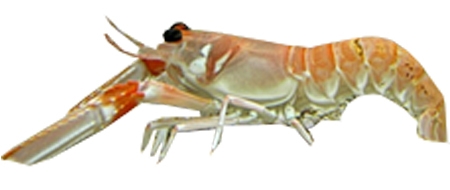
General Information
Feed
Care of the breed
Diseases and Treatment
It is 200mm in length and claws are cylindrical. Scampi mainly remains in burrows at the depth of between 10-250m. It has an average weight of 200g. Mainly 12,000-16,000 scampi should be reared in per acre area.
Artificial diet: Normally the artificial fish feed is available in the markets. This feed is available in the form of pellet i.e. wet pellet and dry pellet. In wet pellet, to make the feed hard Carboxy methyl cellulose or gelatin is added and then it is thinly crushed and prepared into pellets. It is healthy but it can’t be stored for long time. In Dry pellet, as it is stored for longer time, they are transported from one place to another. It contains 8-11% of moisture content. Dry pellet is of two types, one is sinking type and other is floating type.
Protein: Mainly different breeds of fishes requires different amount of protein level in their diet for example marine shrimp requires 18-20% protein, catfish requires 28-32%, tilapia requires 32-38% and hybrid striped brass requires 38-42% protein in their feed.
Lipids: n-3 HUFA is required in the diet as a lipid for the optimal growth and health of marine fishes.
Carbohydrates: Carbohydrates are the major energy source in mammals. About 20% of carbohydrates are required in fish feed.
Feed types: There are two types of feed available i.e. floating and sinking feed. Different breeds of fishes prefer different feed for example shrimp will only eat shrinking feed. Feed is available in the form of pellets ranging in different sizes according to the size of the fishes.
Medicated feeds: Medicated feeds are used when fish stops eating the feed or fall ill. Medicated feeds are used to cure the fish from diseases.
Care and shelter: Mainly the land which is not good for agriculture is used to make fish farm. For fish farm some points should be kept in mind such as the land should have water holding capacity, don’t make pond on sandy and loamy soil. If you want to do soil testing then at that land dig 1 foot wide and deep hole and fill it with water. If the water remains in the hole for 1-2 days then it is good for fish farming but if no water remain in the hole then it is not good for fish farming. Mainly 3 types of pool are there i.e. Nursery pool, Rearing pool and Production pool.
Fertilizer management: Mainly organic and inorganic fertilizers are used in aquaculture.
• Inorganic or mineral fertilizers: It contains mineral nutrients which are manufactured in industries and material is taken from agricultural fields. It mainly includes animal manure, chicken manure and some other organic materials. Organic materials such as composts, grass, sewage, and rice bran.
• Organic fertilizers: It contains mixture of both mineral nutrients and organic matter. It is manufactured mainly by the local people, which include farm animal waste and agriculture waste. It mainly consists of at least one of these plant nutrients such as nitrogen, phosphorus and/or potassium.
Care of baby fish: Remove the fish from the adult fish tank with the help of scoop or cup. Baby fish must be given few drops of infusoria which is a liquid diet with the help of eyedropper several times a day. After some days when they reaches half inch in size it is placed in new tank which has enough space for them to grow.
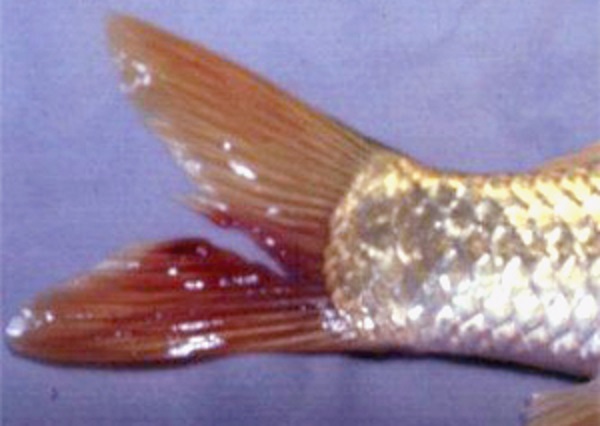 • Tail and fin rot: The symptoms are rotting of tail and fin, light white color is seen at the corner of the fin, and then spread all around the fin and then finally fall.
• Tail and fin rot: The symptoms are rotting of tail and fin, light white color is seen at the corner of the fin, and then spread all around the fin and then finally fall.
Treatment: Treatment with copper sulphate @0.5% is done. The fish is drowned in treated water for 2-3 mins.
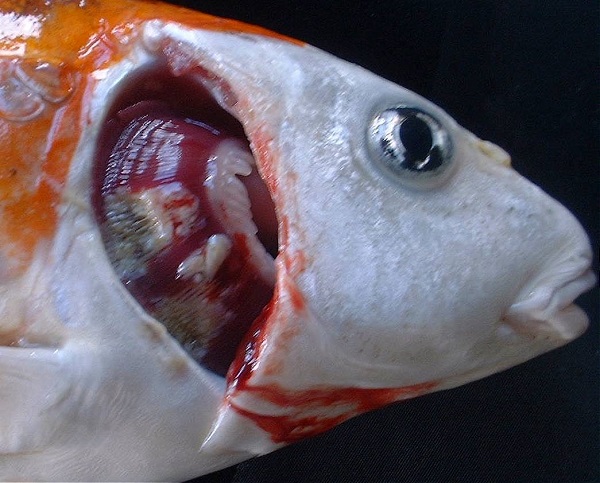 • Gill rot: The symptoms are gray color gills and then they finally fall. The breath of fish will squeeze and they come at the upper layer of water to take the breath and at the end they will die due to breath squeezing.
• Gill rot: The symptoms are gray color gills and then they finally fall. The breath of fish will squeeze and they come at the upper layer of water to take the breath and at the end they will die due to breath squeezing.
Treatment: Fishes are drowned in 3-5% salt water for 5-10 min to treat from disease.
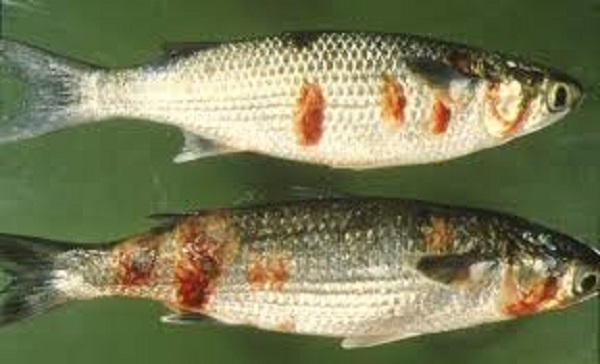 • Epizootic Ulcerative Syndrome: The symptoms are ulcers on body, fall of skin and fin and then ultimately death of the fish.
• Epizootic Ulcerative Syndrome: The symptoms are ulcers on body, fall of skin and fin and then ultimately death of the fish.
Treatment: Put 200 kg/acre of lime in water and don’t put fertilizers in the water.
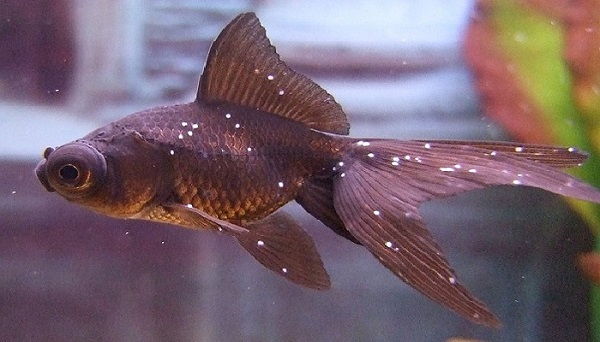 • White spot disease: White patches are seen on skin, gills and fins of the fish.
• White spot disease: White patches are seen on skin, gills and fins of the fish.
Treatment: Drown the fish into formalin solution@0.02% for 7-10 days for 1 hour.
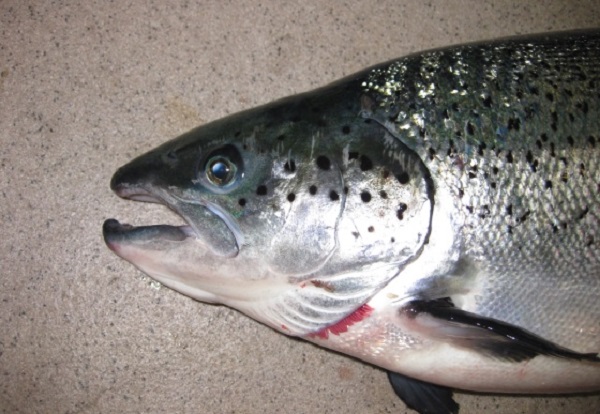 • Black spot disease: Small spots of black color are seen on the body.
• Black spot disease: Small spots of black color are seen on the body.
Treatment: Drown the fish into picric acid solution@0.003% for 1 hour.
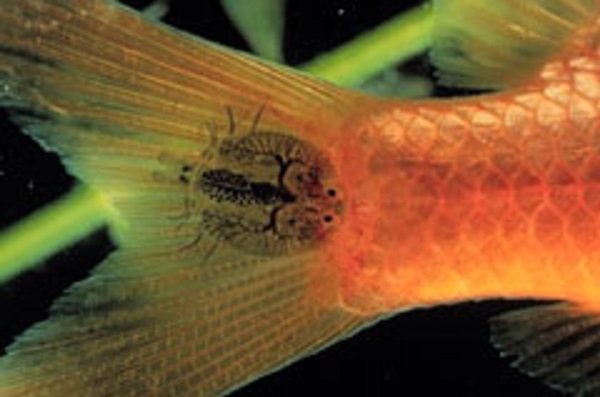 • Argulosis: The symptoms are slow growth, loose fin and blood spots on skin.
• Argulosis: The symptoms are slow growth, loose fin and blood spots on skin.
Treatment: Add Malathion (50 EC) @1l/acre at the interval of 15 days for 3 times.
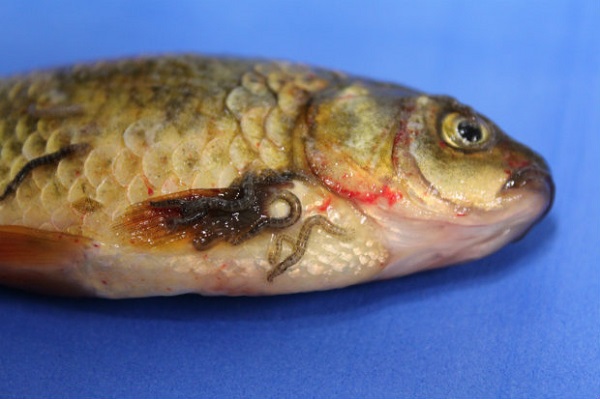 • Leech: The symptoms are wounded skin and gills.
• Leech: The symptoms are wounded skin and gills.
Treatment: put 1l/acre of Malathion to treat the disease.
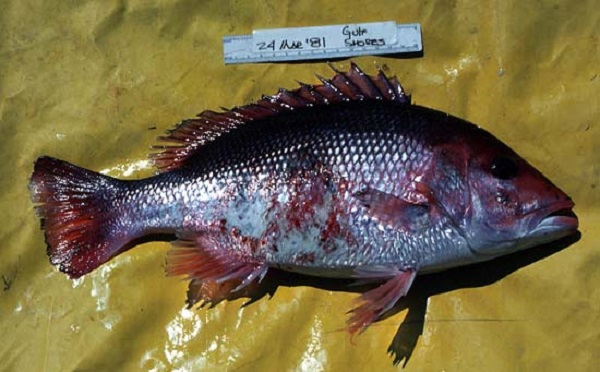 • Vibriosis: The symptoms are white or grey color lesions are found on the spleen and intestines.
• Vibriosis: The symptoms are white or grey color lesions are found on the spleen and intestines.
Treatment: Dose of oxytetracycline @3-5gm/100lb of fish/day is given for 10 days or dose of Furazolidone is given in feed @100mg/kg/fish for 6 days.
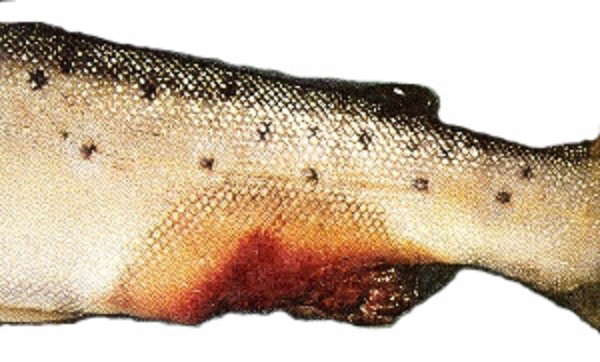 • Furunculosis: The symptoms are darkening of skin, enlarged spleen, rapid breathing and bloody mucous. This disease will increase the mortality among fishes.
• Furunculosis: The symptoms are darkening of skin, enlarged spleen, rapid breathing and bloody mucous. This disease will increase the mortality among fishes.
Treatment: Dose of Sulfamerazine @150-220mg/kg fish weight/day is given for 10-14 days or dose of Furazolidone is given in feed @25-100mg/kg fish weight/day for 10 daysor dose of oxytetracycline @50-70mg/kg fish weight/day is given for 10 days or dose of Oxolinic acid is given in feed @25-100mg/kg fish weight/day for 10 days.
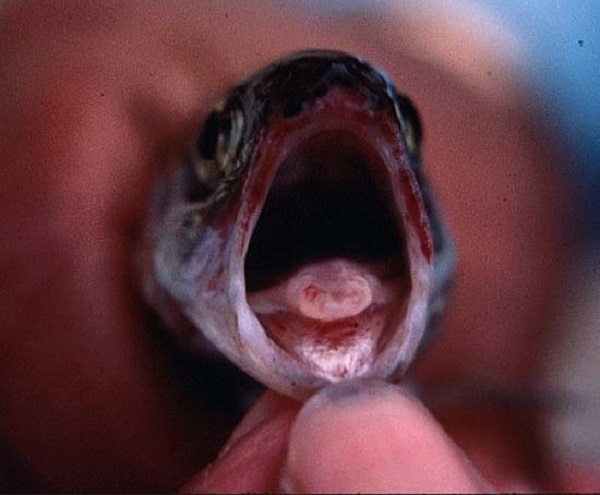 • Red mouth disease: The symptoms are reddening of fins, mouth, throat and gill tips.
• Red mouth disease: The symptoms are reddening of fins, mouth, throat and gill tips.
Treatment: Several antibiotics and vaccinations are available which are used to cure red mouth disease.
You have successfully login.
Your email and password is incorrect!